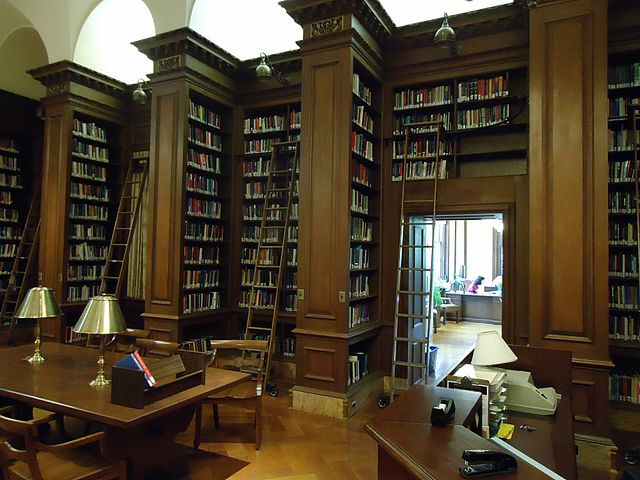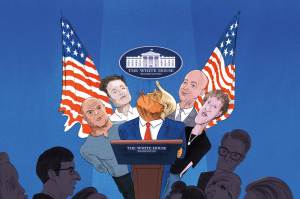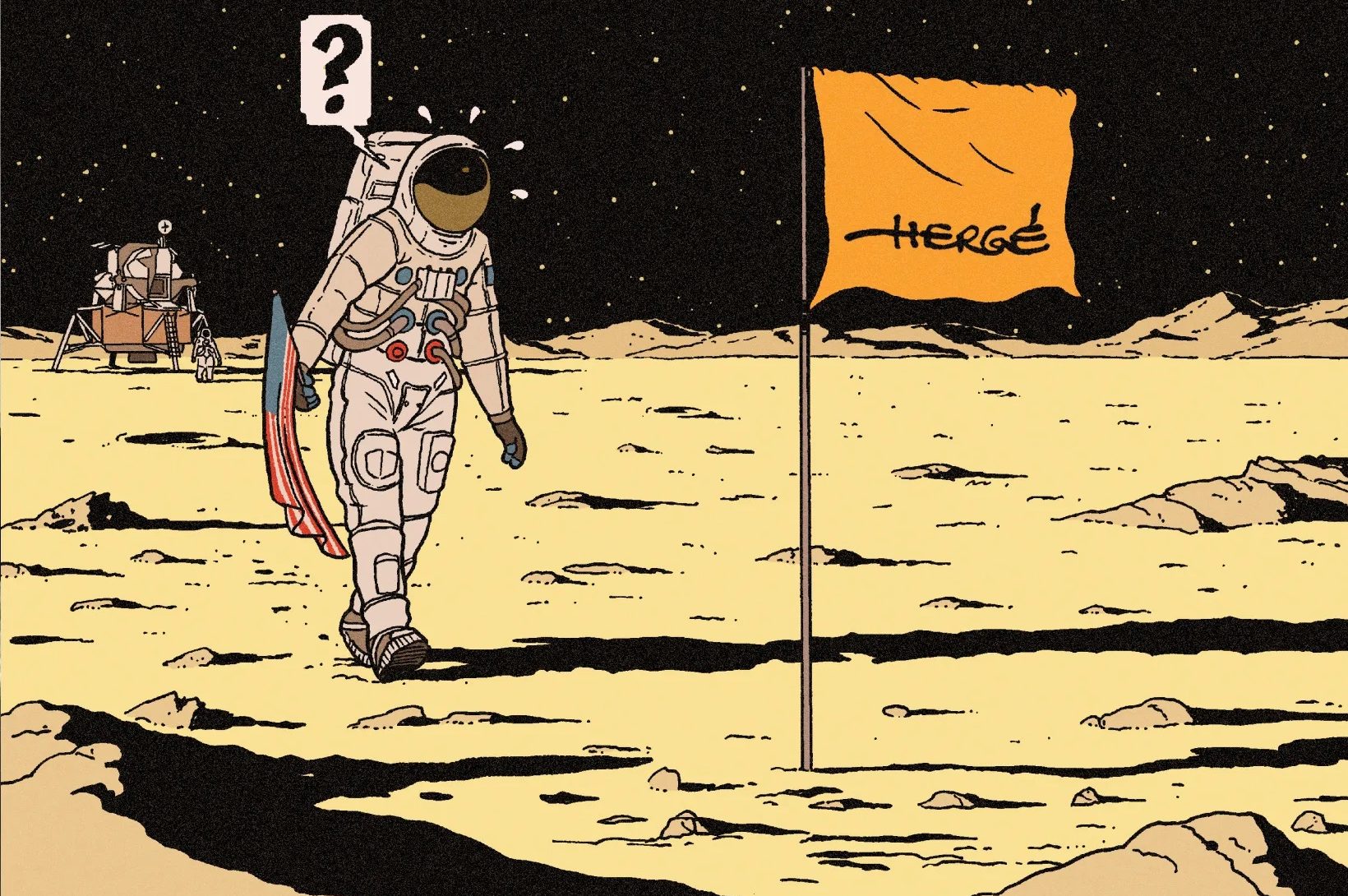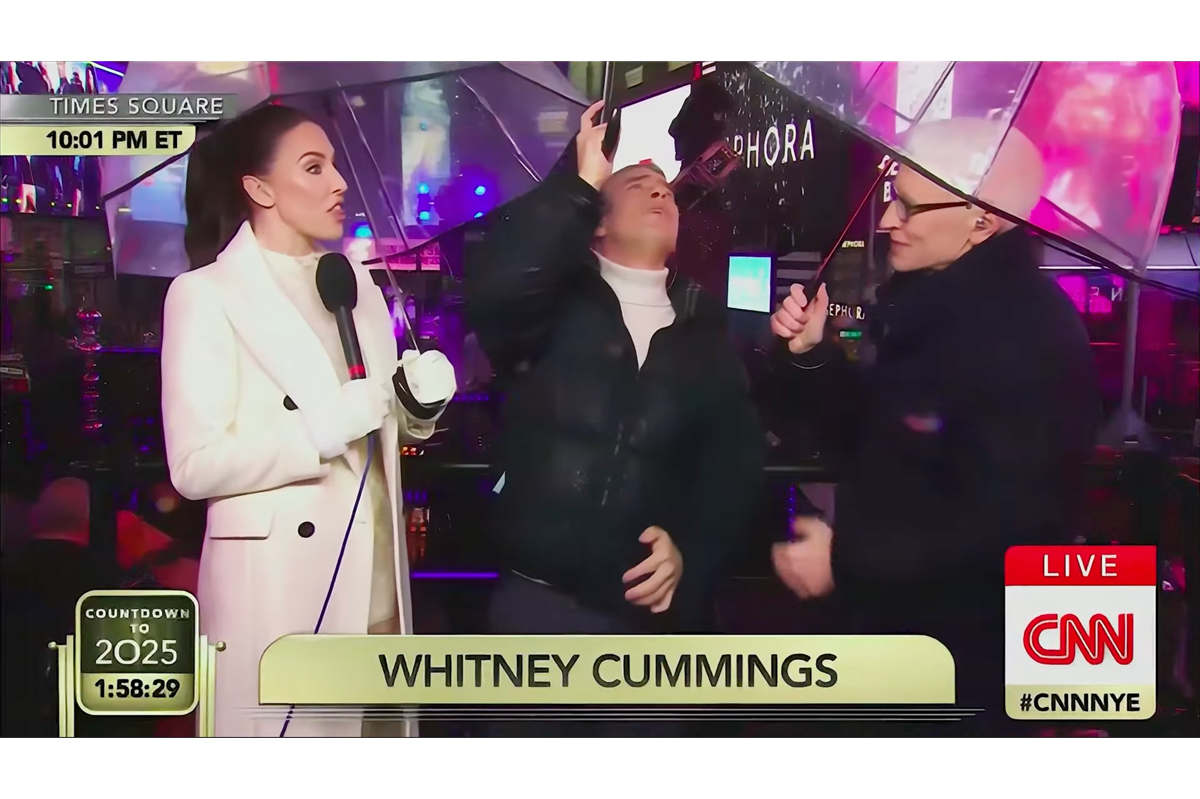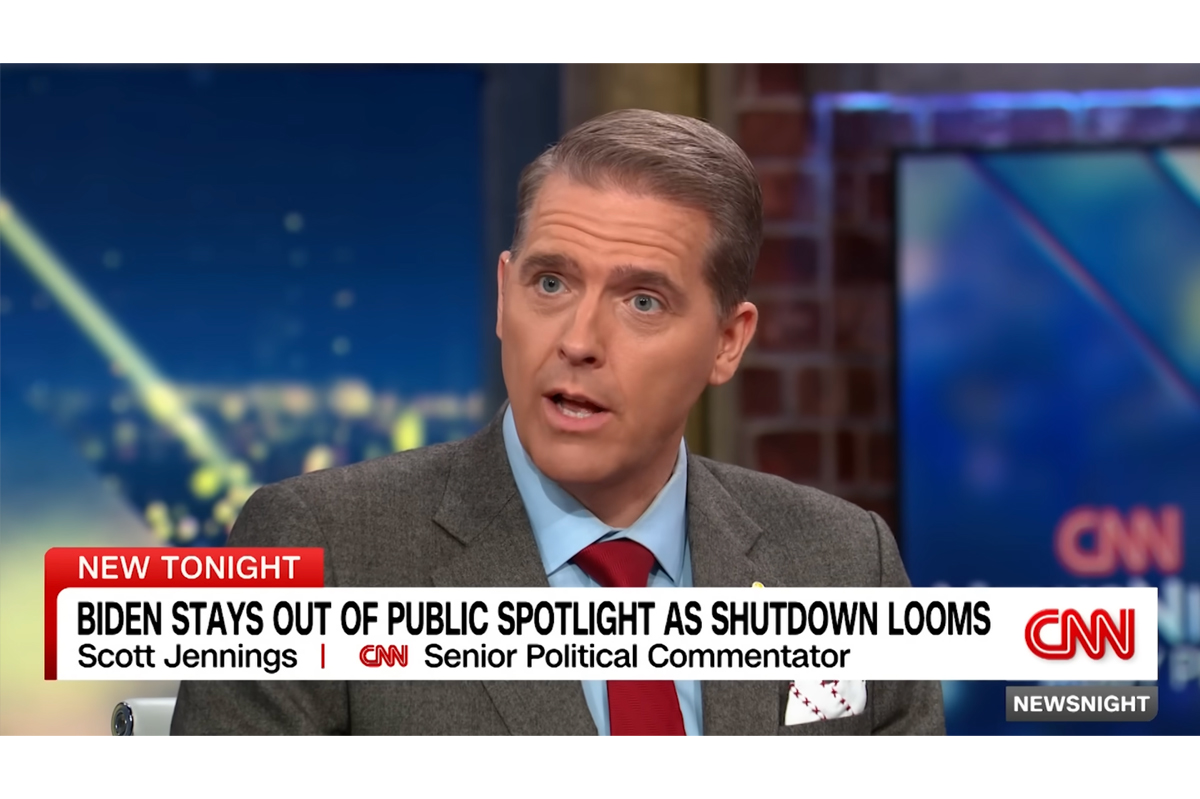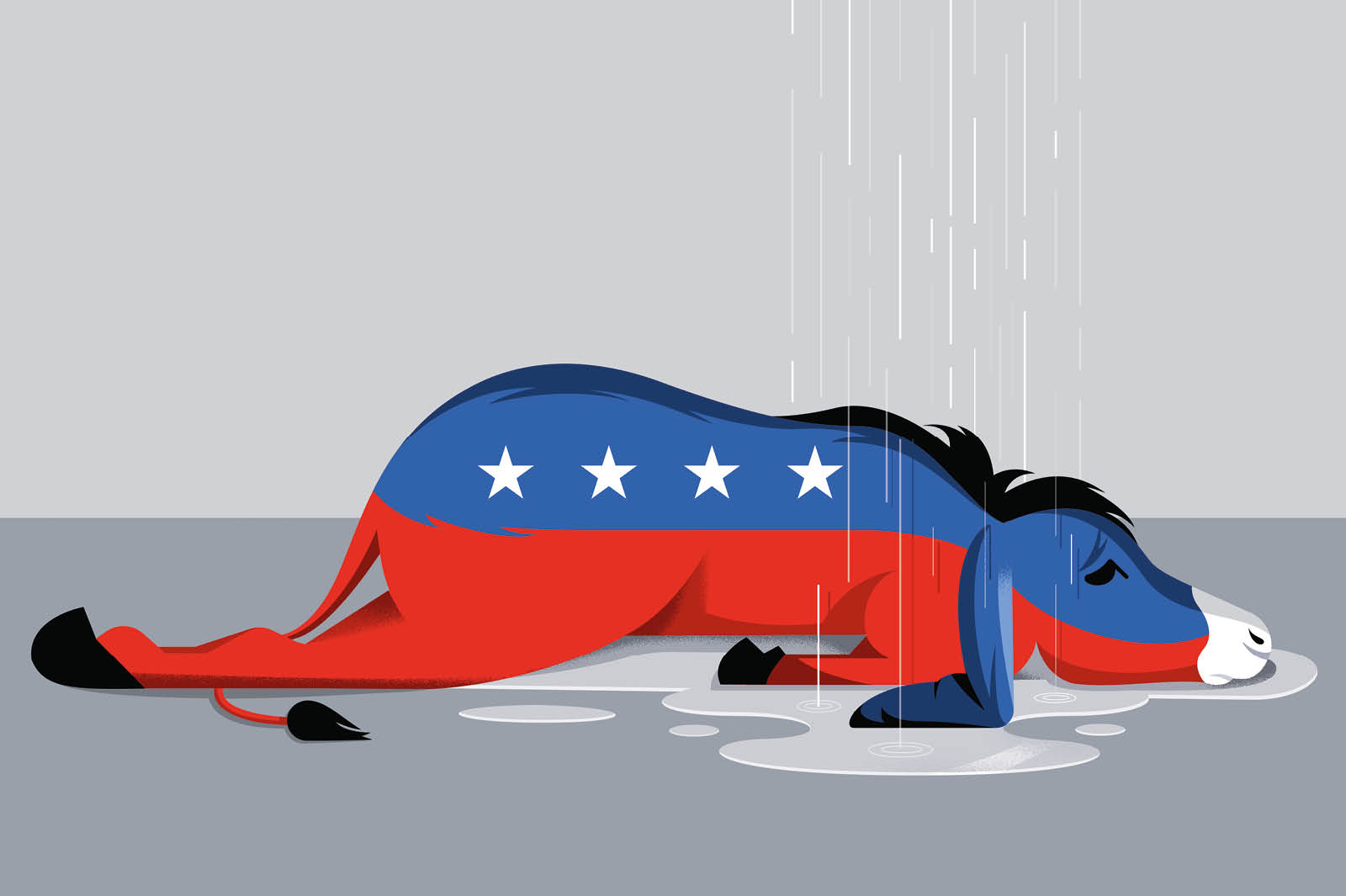At CNN, Leah Asmelash laments the demise of many “long-standing” literary magazines. “The Believer,” she writes, which was started in 2003, “was once at the top of the literary magazine game. A leading journal of art and culture, the Believer published the work of icons like Leslie Jamison, Nick Hornby and Anne Carson. It won awards, it launched careers.” But the University of Nevada, which has housed the magazine since 2017, announced that it was shutting it down: “In a statement explaining the decision, the dean of the school’s College of Liberal Arts called print publications like the Believer ‘a financially challenging endeavor.’”
Oh, boy. Leslie Jamison, an icon? The Believer, a publication that “launched careers”? The only thing missing here is some theme music and a “CNN exclusive” or two.
Asmelash goes on to write about a handful of literary magazines housed at universities with MFA programs that are also shutting down — the Alaska Quarterly Review and the Sycamore Review, among others. We get the predictable “It wasn’t always this way” about halfway through:
But there was a point, in the past, when literary magazines seemed like a valuable thing to invest in. The University of Nevada, Las Vegas, for example, bought the Believer voluntarily — the magazine and its importance was seen as an asset to the school.
That was a common trend after World War Two, [Travis] Kurowski explained. Universities were seeing a boom in students because of the GI Bill, and they wanted these literary magazines as a way to show their devotion to the arts and humanities. The Southern Review, which was cultivated at Louisiana State University (before being shut down, and then being brought back again) was a point of pride for the school, just as an art gallery or a football team would be.”
Sure, a lot of literary magazines were started after World War Two. Some — like the Kenyon Review and the Sewanee Review — received money indirectly from the CIA. Others were started as part of a school’s new MFA program. MFA programs exploded after the war — the number went from something like three to over 300 in forty years. University literary magazines lost money, of course, but they helped schools market MFAs.
Now that some schools are shutting down their MFA programs (and rightly so in many cases — we live in an MFA bubble, though there are a few promising upstarts), it makes sense that they would close their associated literary magazines, too, which were essentially program support tools.
How many individuals subscribed to the Alaska Quarterly Review? Probably very few. Most subscribers, I’m guessing, were libraries, particularly libraries at other universities with MFAs. General readers in Chapel Hill likely didn’t fight over new issues of the Alaska Quarterly Review. Nor did fellow writers. University libraries subscribed to literary magazines like the Alaska Quarterly Review — at the request of the MFA faculty, of course — to legitimize university-sponsored publications and to provide places (the more, the better) where their own MFA students could publish. Publication legitimized the MFA degree of the home institution and hopefully helped graduates land jobs at other MFA programs (a double legitimization!).
Thanks, in part, to college literary magazines, it is now possible to teach creative writing at college and not be read. Some university presses, especially ones that publish poetry, have a similar function.
Kurowski may be right that universities supported small literary magazines for the prestige. This was certainly the case with once prestigious publications like Kenyon and Sewanee, but it was more likely a program support decision, which is to say, an economic one.
There are some good college literary magazines. But there are also too many of them, and it is not a great cultural loss to see a few shut down. Literary magazines, as Nick Ripatrazone remarked, have almost always been short-lived.
The problem we have today is a qualitative one. The once great literary magazines — Paris Review, New Yorker, Poetry, Sewanee — have become politely predictable, even when they claim to be transgressive. The prose is formulaic, incurious. The poetry, mushy or full of embarrassing political fantasies. Claptrap mars each issue.
Other than Sewanee, these publications are financially secure, but it would be no great loss if they went the way of the Dial.



